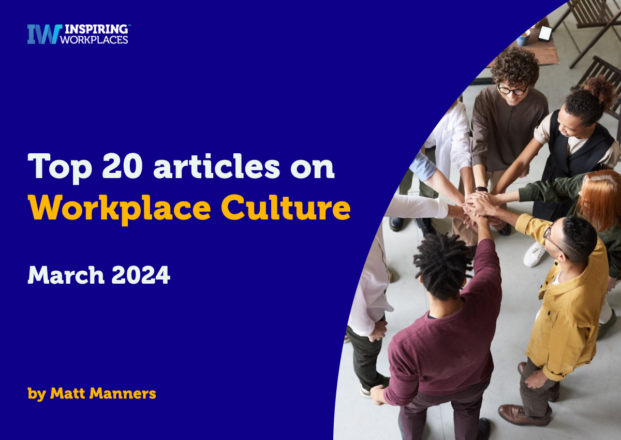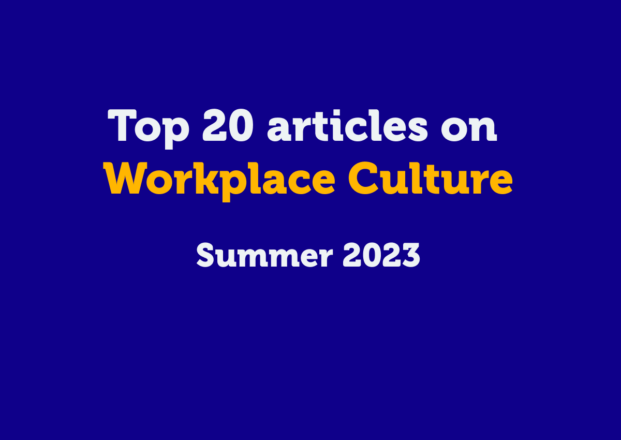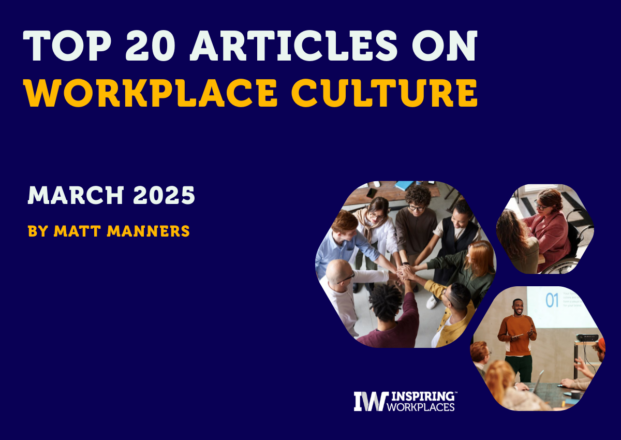
22nd September 2025
Human Sustainability: The New Leadership Metric?

Human sustainability is emerging as a crucial leadership metric, shifting focus from reactive wellbeing programs to proactive energy management. Tim Jack Adams argues that sustainable performance depends on empowered employees, daily rituals, and leaders who model energy awareness. Measuring energy—not just engagement—fuels resilience, innovation, and long-term organisational health.
This article was written by Tim Jack Adams and published in HR Leader.
Working with leaders across industries – from global enterprises to public sector agencies – one recurring truth keeps surfacing: sustained performance is powered by energy.
Despite decades of investment in workplace wellbeing, something still isn’t working. Gallup’s State of the Global Workplace report reveals that only 23% of employees are thriving, and burnout is still widespread. We’re measuring engagement, but overlooking the vital element behind resilience, creativity, and consistent performance: human energy. It’s time to shift the focus—human sustainability must become a core leadership metric.
From Reactive to Proactive Wellbeing
This change isn’t just about words—it’s a structural transformation. By building in small daily rituals and meaningful check-ins, we shift from a culture of silent burnout to one of shared ownership and support. Empowerment doesn’t mean leaving employees on their own; it means giving them the tools, guidance, and space to manage their wellbeing intentionally.
Traditional wellbeing strategies tend to kick in only after people are already struggling—think of how Employee Assistance Programs (EAPs) often respond to crises. While EAPs serve a valuable role, they typically operate on a “problem → panic → patch” cycle. What we need is a proactive mindset that equips people to maintain and grow their energy before crisis hits.
At my company, we help leaders move from:
-
“I need help” to “I want to lead myself better.”
-
Crisis management to habit-building.
-
Temporary fixes to long-term, sustainable performance.
This shift is about more than support—it’s about agency. When people are empowered to manage their own energy, they become more effective, resilient, and fulfilled.
Why Energy Drives Everything
The effects of energy ripple across every part of a business. Teams with high energy communicate better, think clearer, and work more collaboratively. Energy management isn’t fluffy—it’s foundational. It directly influences:
-
Cognitive clarity – Energized minds make faster, better decisions and avoid costly mistakes.
-
Emotional regulation – High-energy teams handle pressure and uncertainty with more stability and trust.
-
Momentum – Energy fuels sustained motivation, agility, and recovery after challenges.
-
Team culture – Energy is contagious; when it’s high, morale soars. When it’s low, collaboration and engagement suffer—even among top talent.
Read the original article in full here: Why human sustainability is the next big leadership metric







